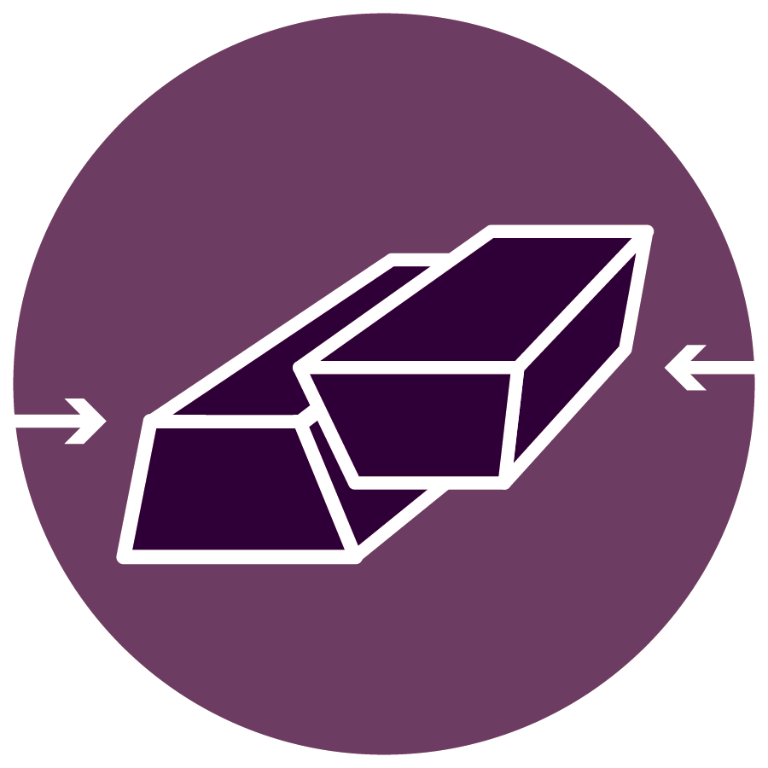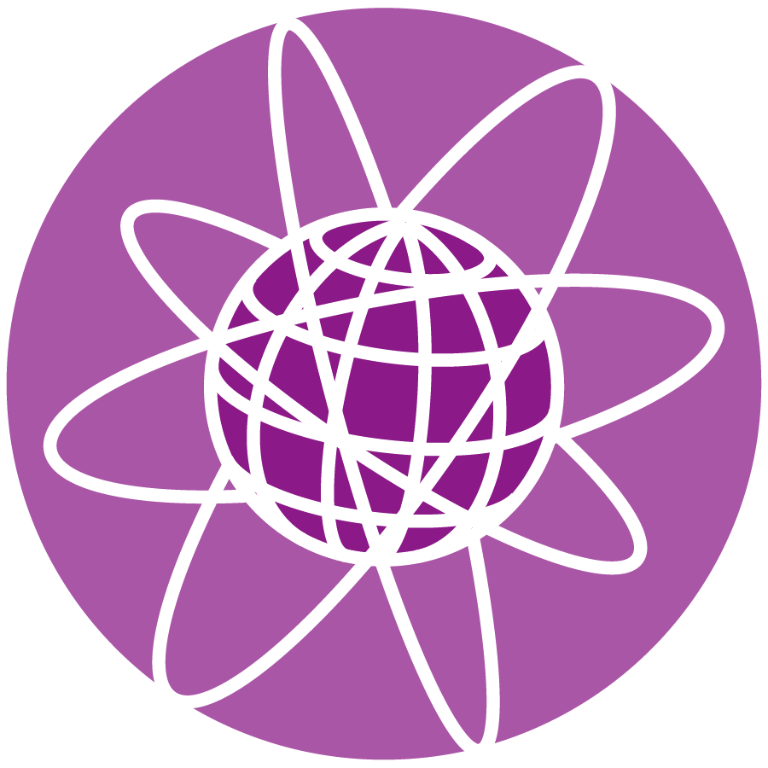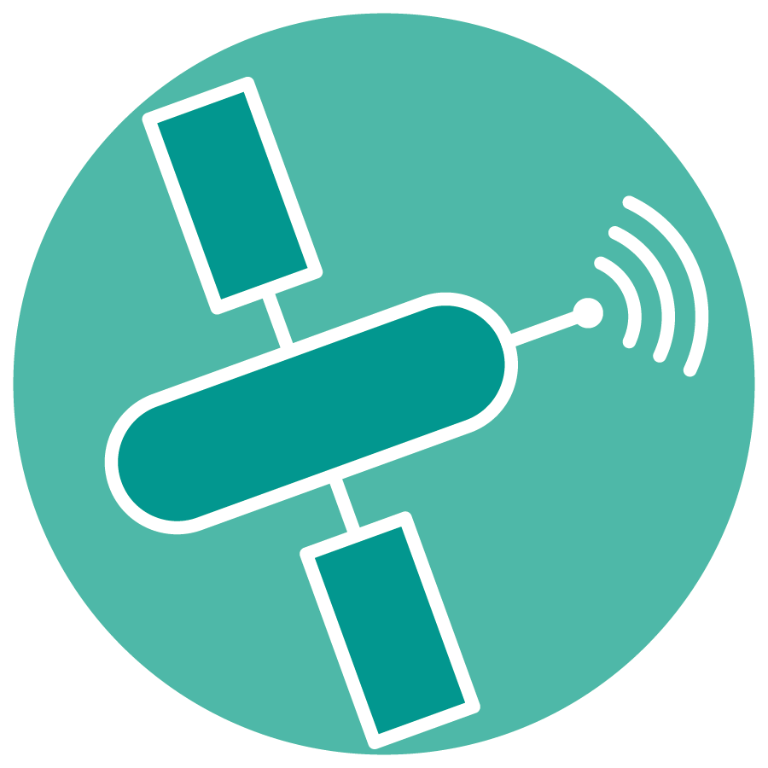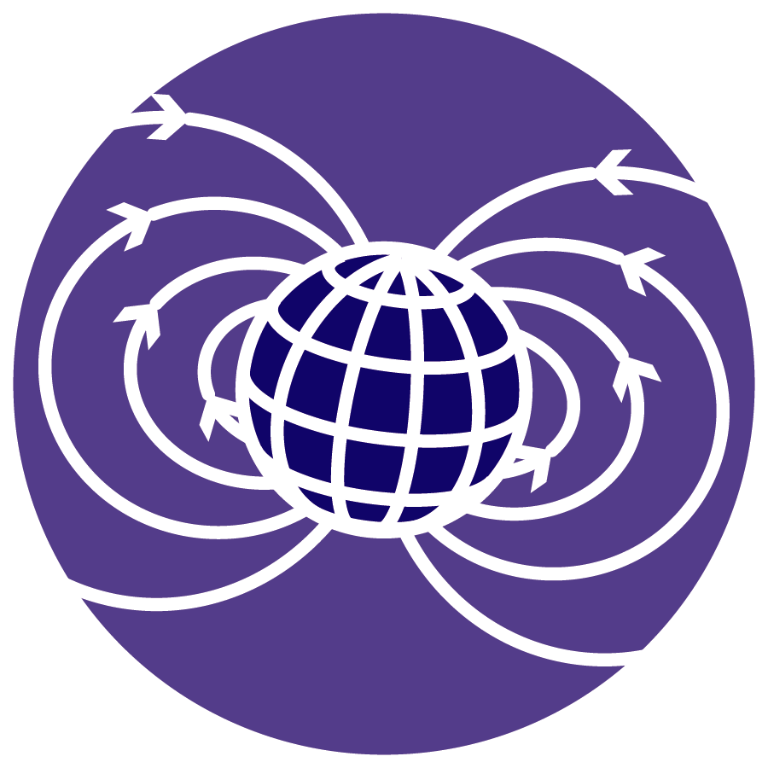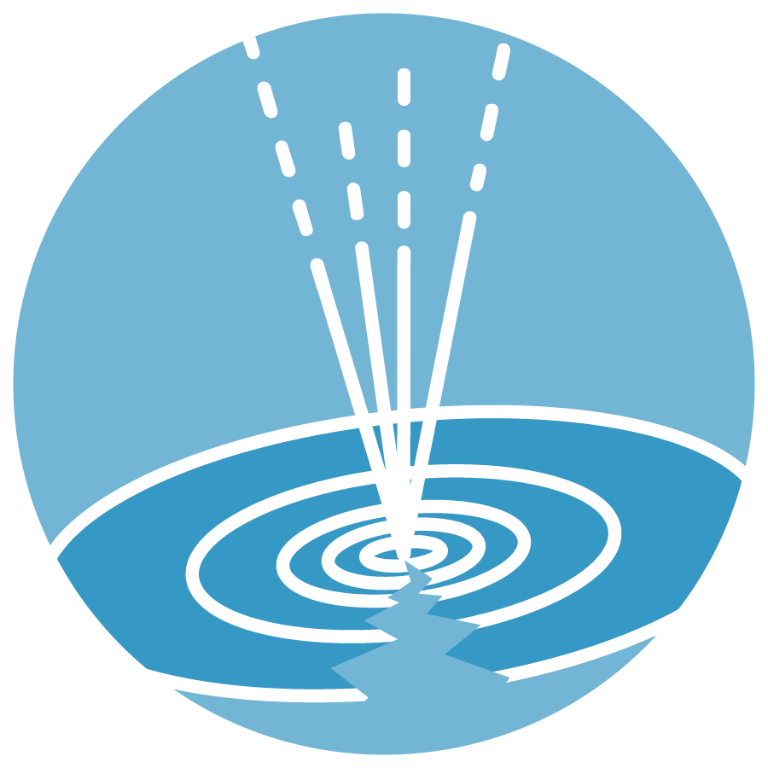EPOS is composed of a variety of Earth Science stakeholders that are together working towards integrating a set of diverse European Earth Science National Research Infrastructures into one single interoperable platform. The programme will develop implementation plans and use new e-science opportunities to monitor and understand the dynamic and complex solid Earth system.
The Four Elements of EPOS Architecture
- National Research Infrastructures
- EPOS ERIC
- Thematic Core Services
- Integrated Core Services: central hub and distributed services.
These four, key, elements represents the scientific/technical backbone of the whole enterprise.
National Research Infrastructures
The NRIs participating in the EPOS integration plan already exist and are fully operational, providing access to data and services for specific communities at a national level. European countries together own such a mosaic of hundreds of impressive but separated NRIs that includes geophysical networks, observatories, temporary deployments, laboratories and modelling facilities for solid Earth studies.
EPOS ERIC
In order to govern the integration of this complex landscape, EPOS has elaborated an architecture, designed by the scientific community and approved by the General Assembly, that, taking into account technical, governance and legal, and financial issues, will allow the enterprise to work as a single, but distributed sustainable research infrastructure.
Thematic Core Services
Integrated Core Services
The ICS (Integrated Core Services) provides the core of the EPOS e-infrastructure ensuring interoperability between the data and services provided by the TCSs and the National Research Infrastructures (NRIs).

